Chapter 6
Once upon a time in eternity
Imagine a warm, shallow sea 200 million years ago. This is where it all begins. The deposit of the remains of corals, crustaceans and marine organisms form the marine limestones of the Thaurac plateau. After the emergence of these rocks, the cave is hollowed out by the action of water rising from the depths and emerging at the southern edge of the plateau.
The formation of concretions began less than a million years ago, after the disappearance of an underground lake. Thereafter, everything accelerates ... on the geological scale of time! The development of stalagmites, stalactites, pillars and draperies is nevertheless spectacular in speed and scale . Concretions in the upper corridor and the great hall are 264,000, 130,000, 117,000, 95,000, 80,000 and 40,000 years old. The concretion continues today at various points of the cave. He is, for example, responsible for the very white top of the stalagmite known as "the virgin with the child".
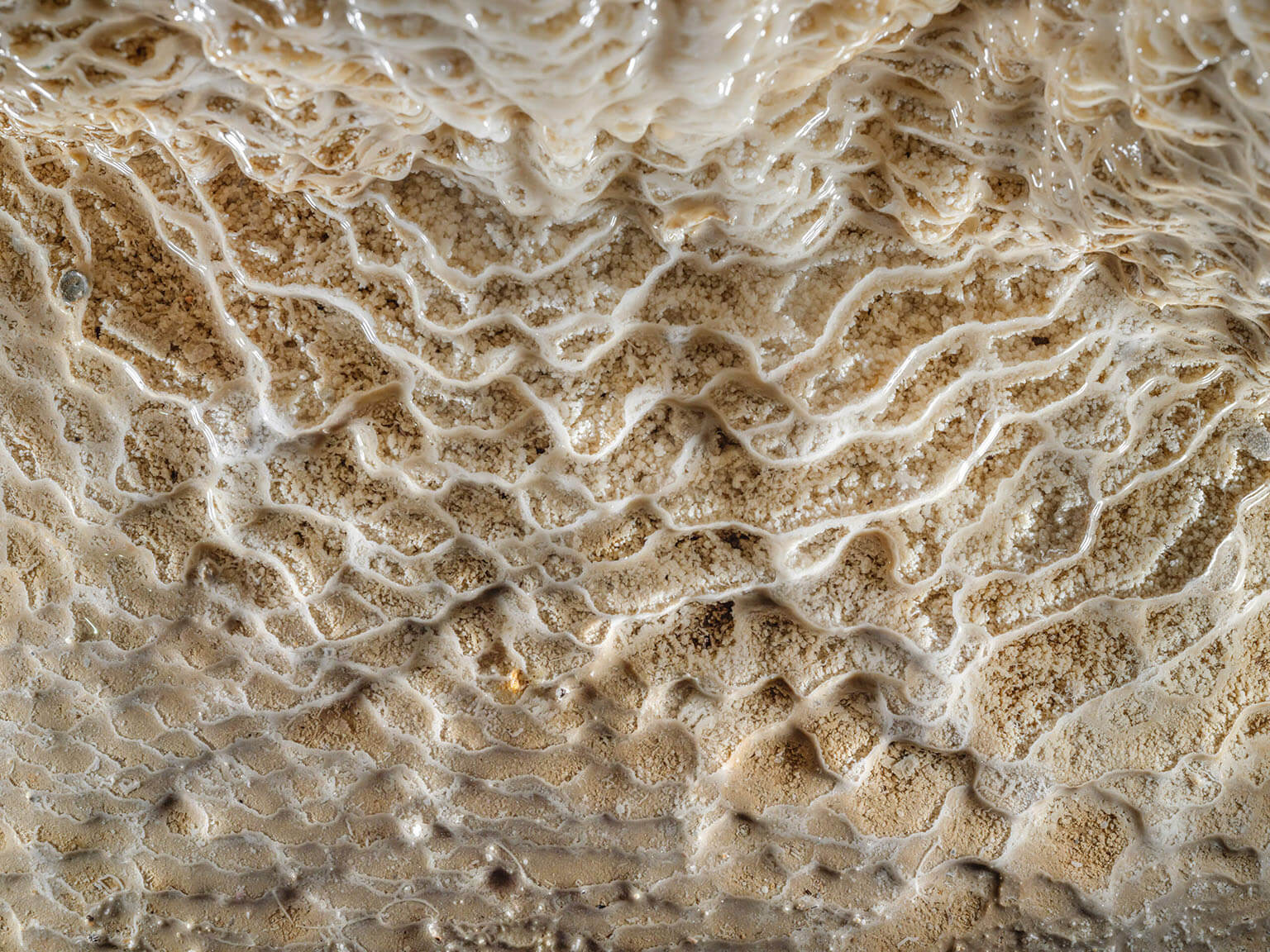

Time for explorers
Before being a place to visit, the cave has been a refuge since the dawn of humanity. The Cévennes camisards hid there during the wars of religion, followed by the refractory priests during the Revolution and the Terror. The first explorations for knowledge and science took place in the 18th century. Two men marked this period: Benoît-Joseph Marsollier des Vivetières, who discovered the cathedral, and Edouard Alfred Martel, who reached the bottom of the cave. At the time, the visit was as sporty as it was perilous: it lasted more than 14 hours!
And it was in the 20th century that the cave was finally revealed to the general public , thanks to the creation of an operating company. Under the impetus of its various presidents and directors (Viscount Hugues de Rodez-Benavent, Professor Paul de Grully, Pierre Lubac, Emmanuel de Grully, Guilhem de Grully, etc.), it has made Les Demoiselles a flagship of tourism through efficient arrangements (underground funicular, Mediterranean gardens, one-way road, large car parks, security, reception pavilion ...).
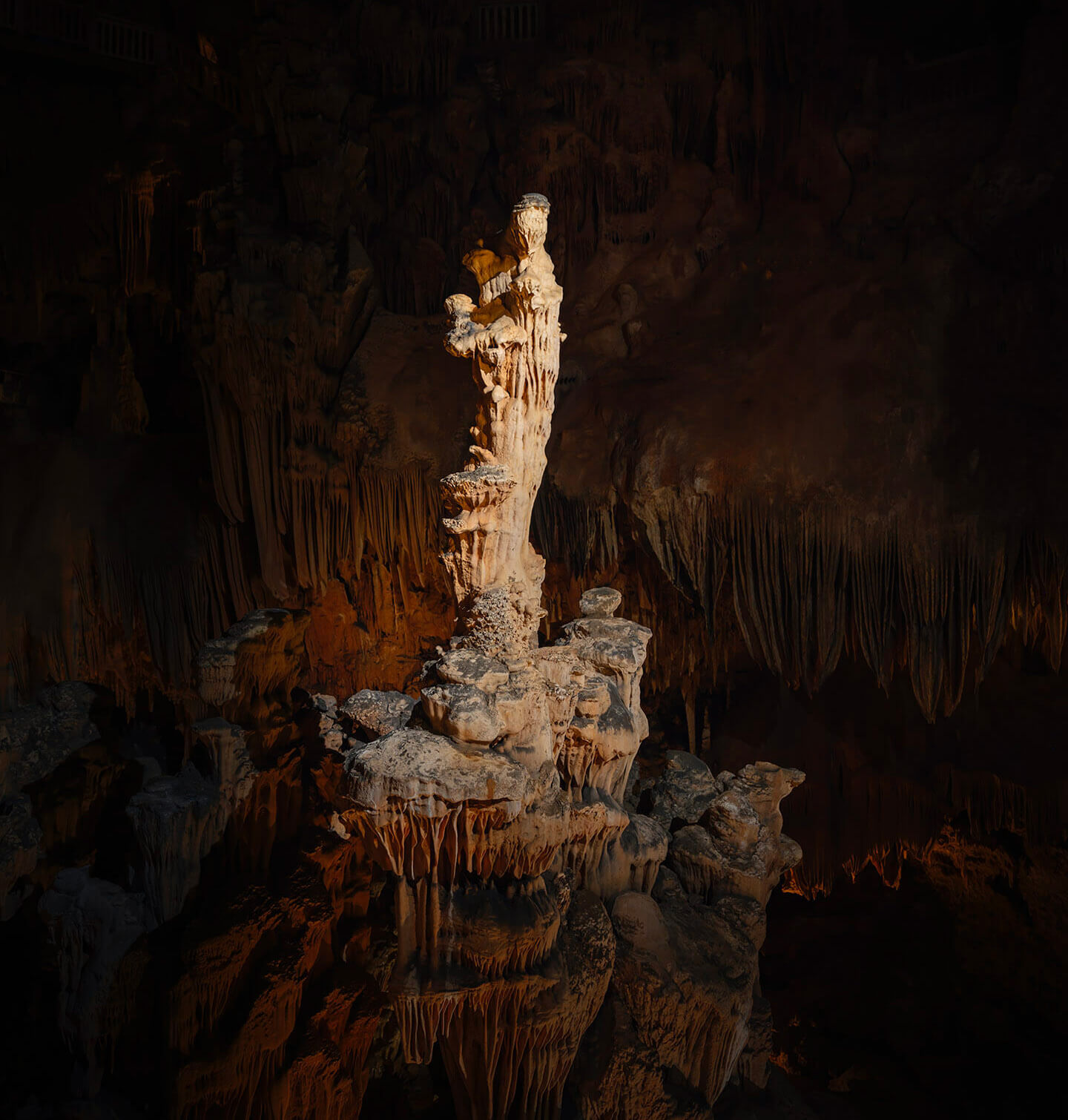
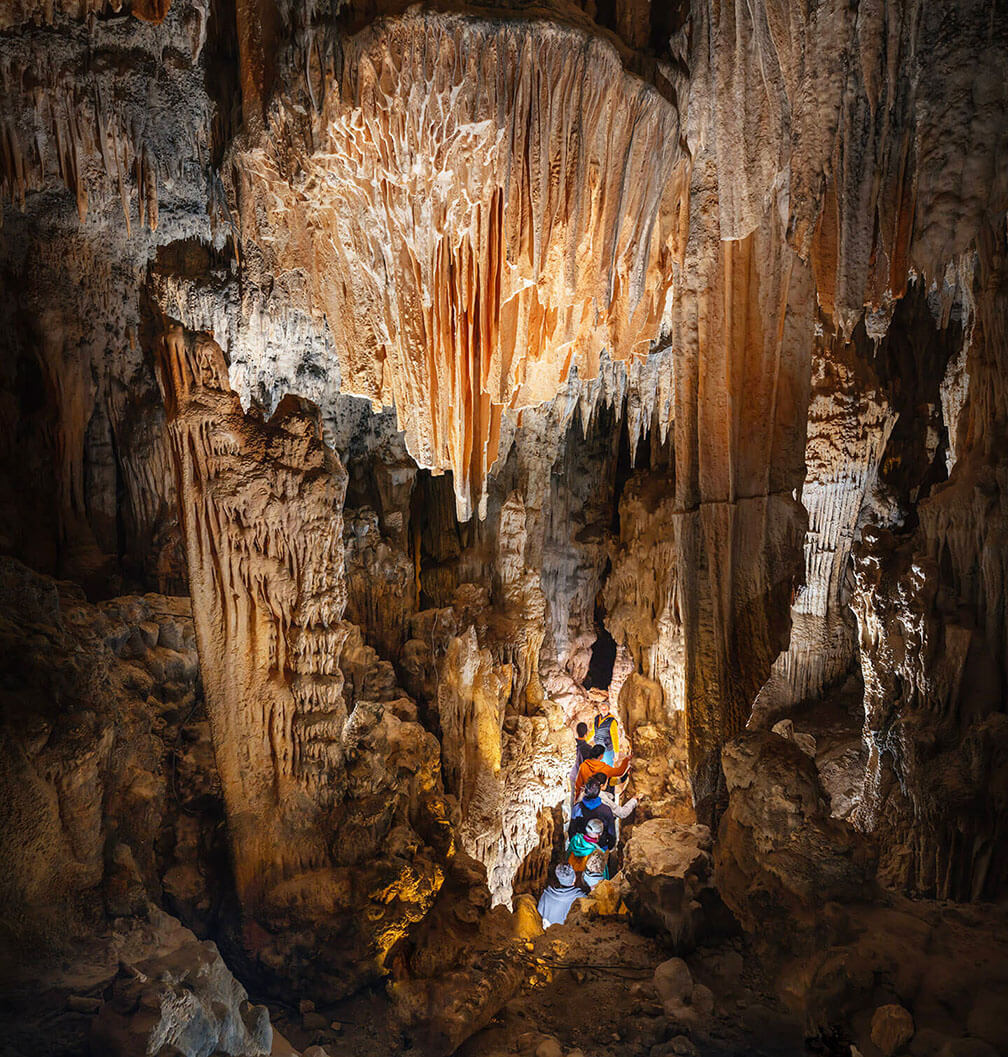
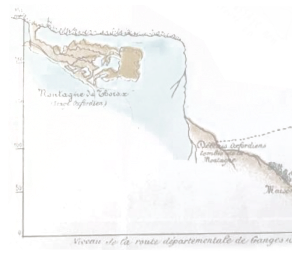
Biodiversity in beauty
In the cave, recent research has led to the discovery of a fossil fauna (between 350,000 and 130,000 years ago). Excavations reveal an abundant presence of the ibex, which must have frequented the cliffs of the Thaurac plateau, and of the bear, which sought the caves to hibernate. Other animals and rodents are also noted, indices of alternating climates: hamsters and chicks in the ice age, deer in a forest environment in a temperate period ... Different species of bats, the bathyscine beetle, the diplopod, the opilion and the pseudo scorpion complete the picture.
Outside the Grotto, you can admire many species of birds that take advantage of the privileged exposure of the cliff and the protection of a Natura 2000 area: the Egyptian vulture, the griffon vulture, the jackdaw towers, white-bellied swifts and many others… An inventory made by an ornithologist is presented at the foot of the cliff where agaves flourish, a superb strawberry tree and a range of semi-exotic plants , who take advantage of the microclimate and the exceptional sunshine. In the limestone faults thrive pistachio and juniper trees, saponaria and snapdragons in pink and carmine red in April, rosy carmine valerian in May… A vertical garden!
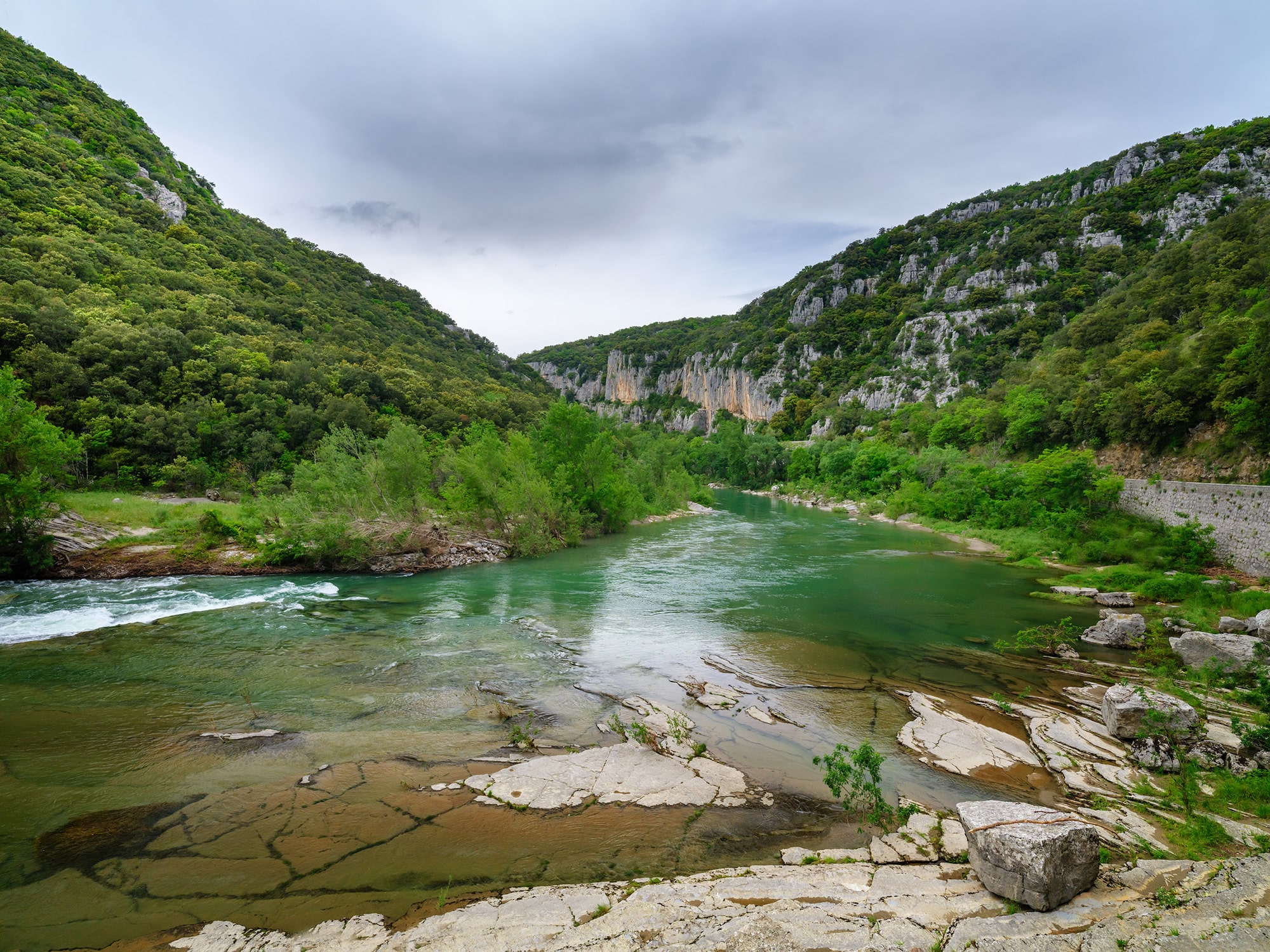
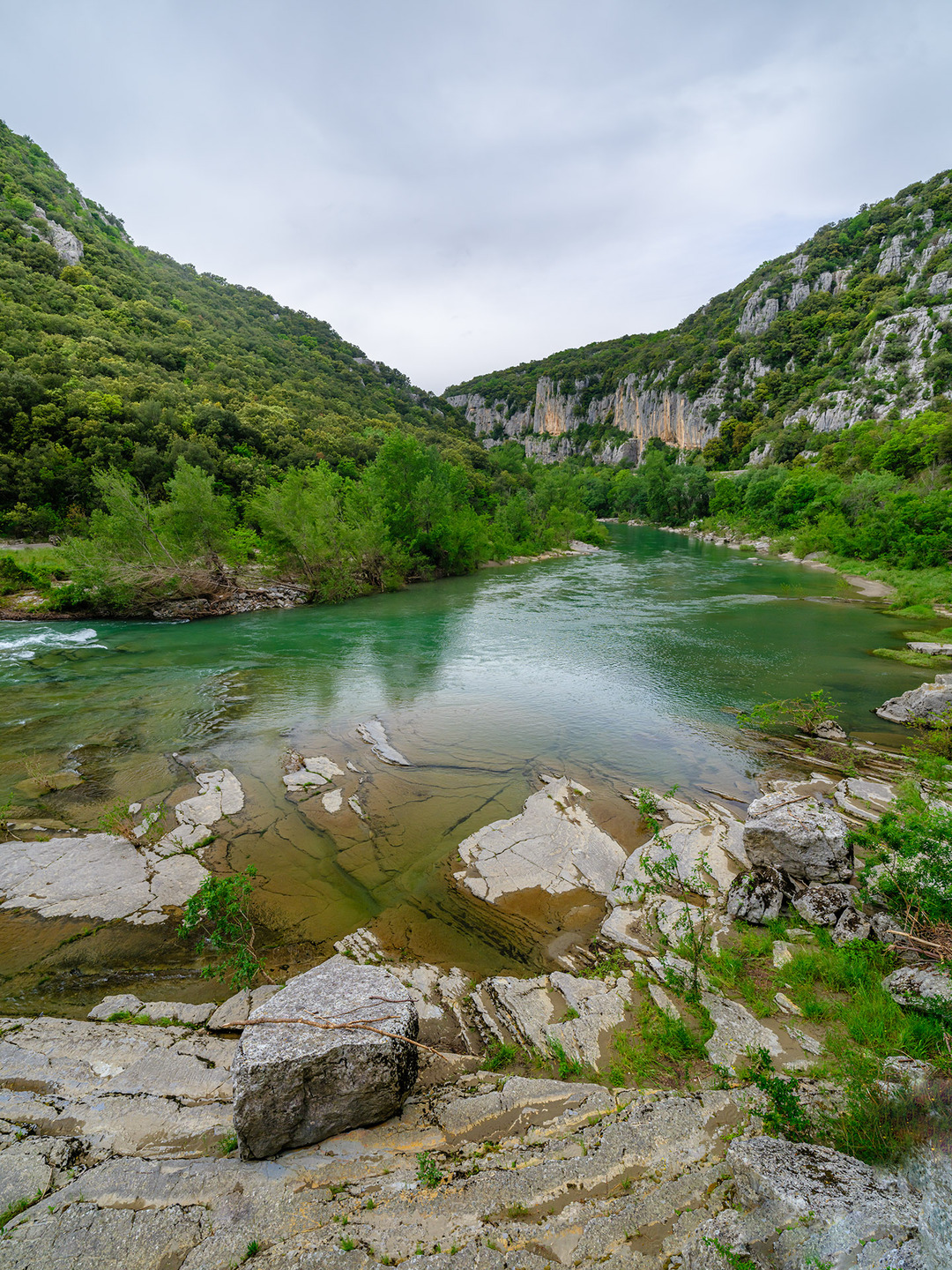
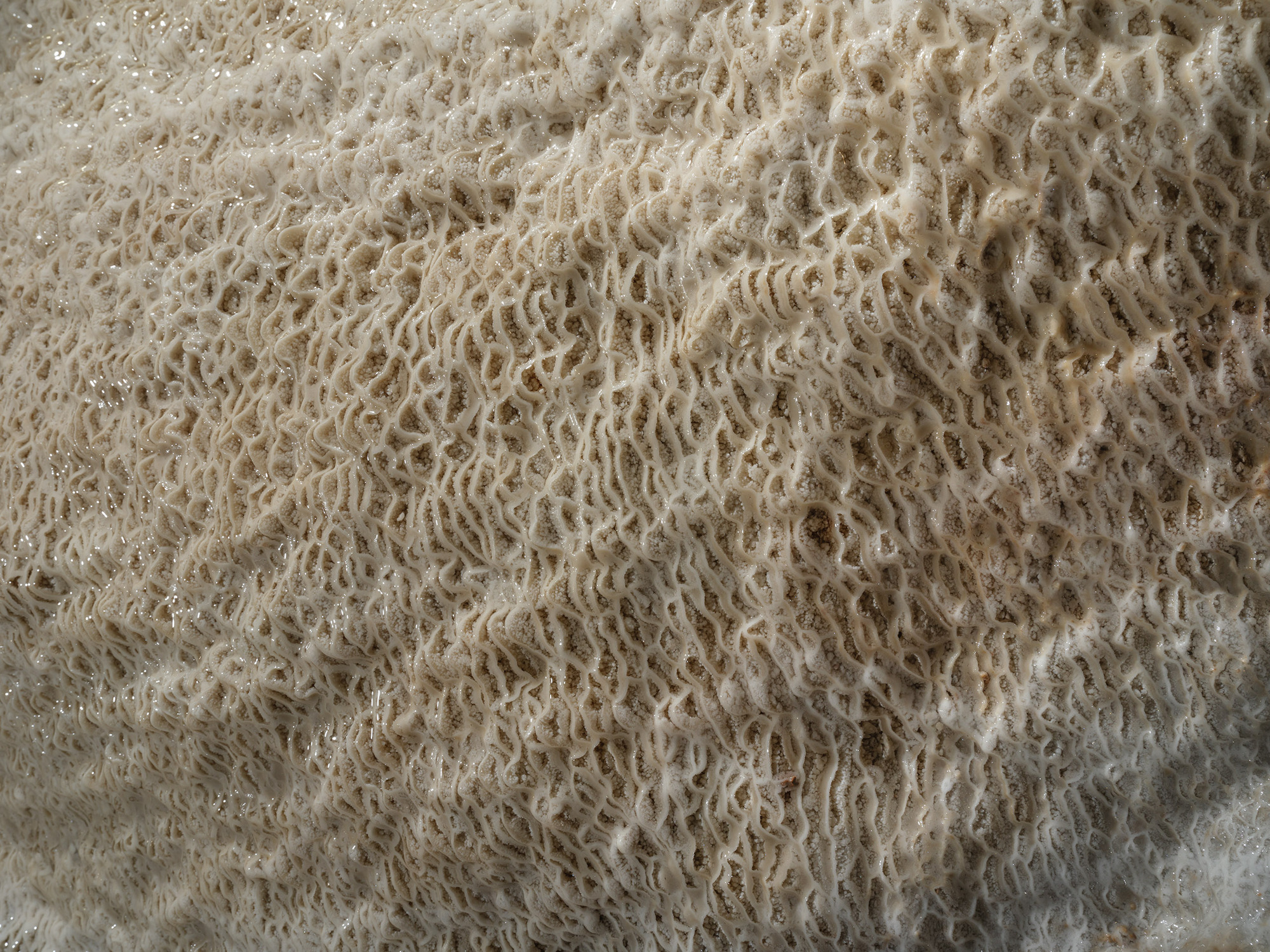
Chronology
-200 M
d'années
Formation des roches calcaires du massif du Thaurac.
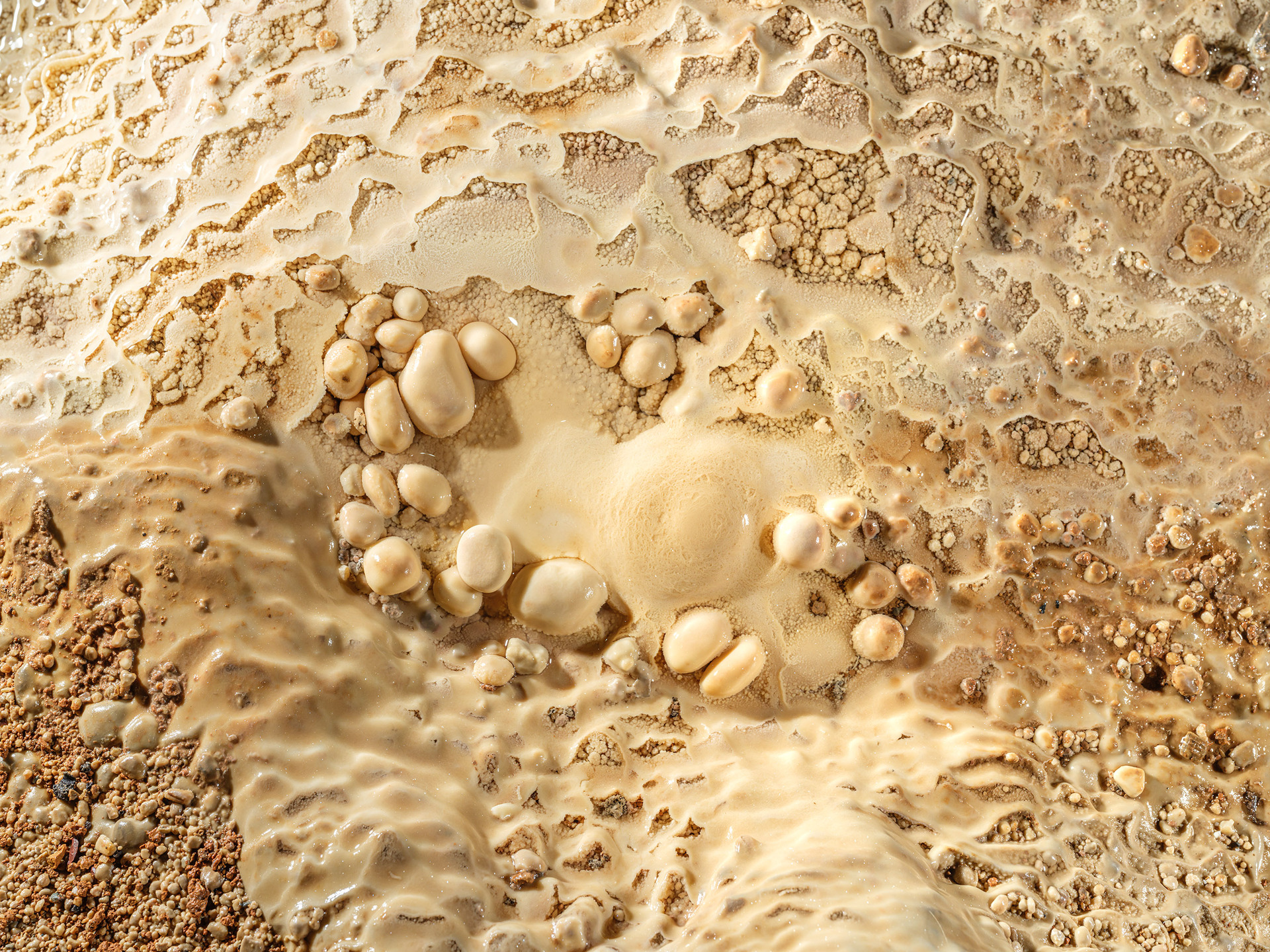
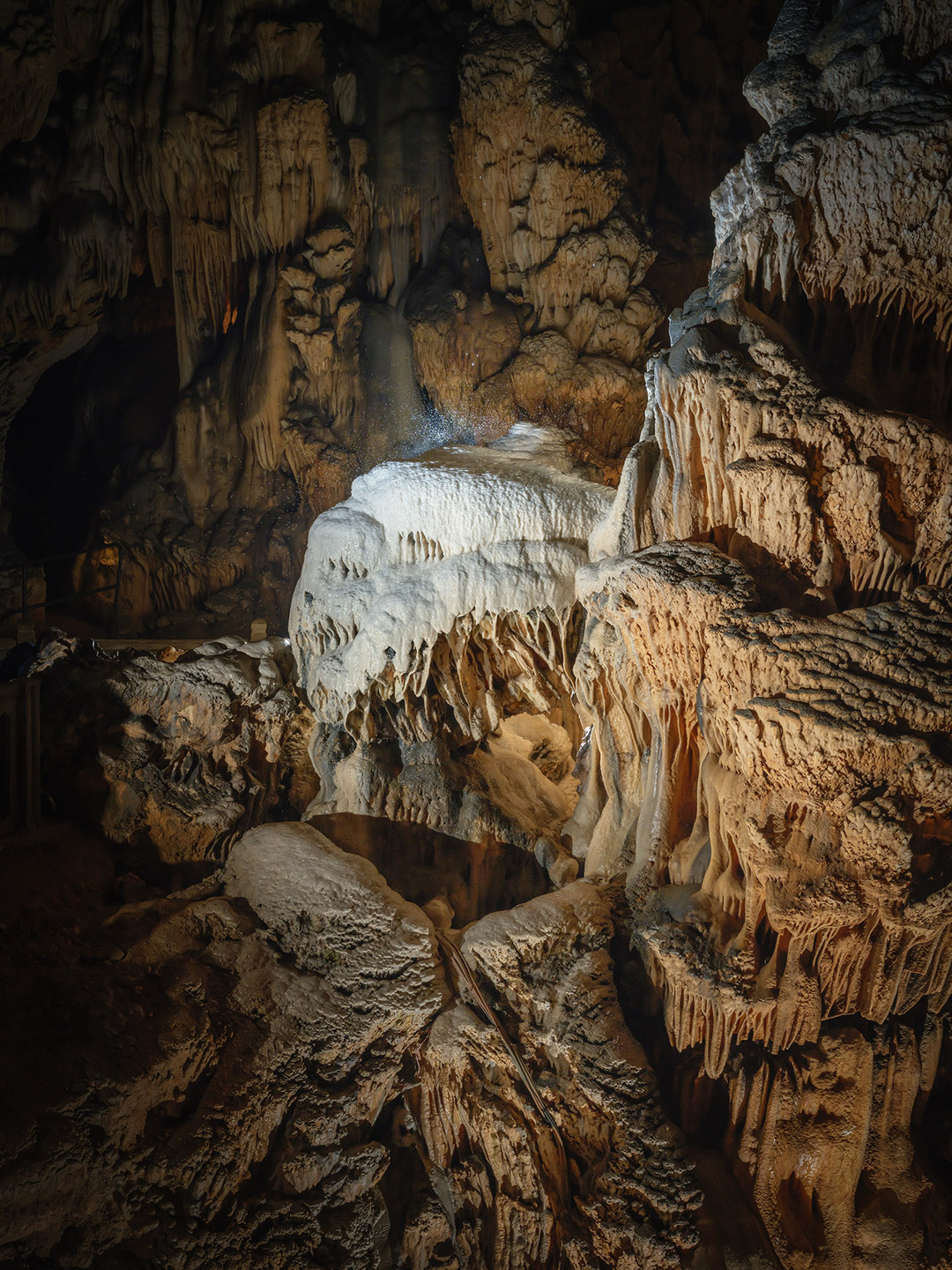
-700
mille ans
Formation d’un vaste lac dans la grande salle, bientôt vidangé par l’ouverture de conduits profonds. Début du concrétionnement : stalagmites, stalactites, piliers et draperies.
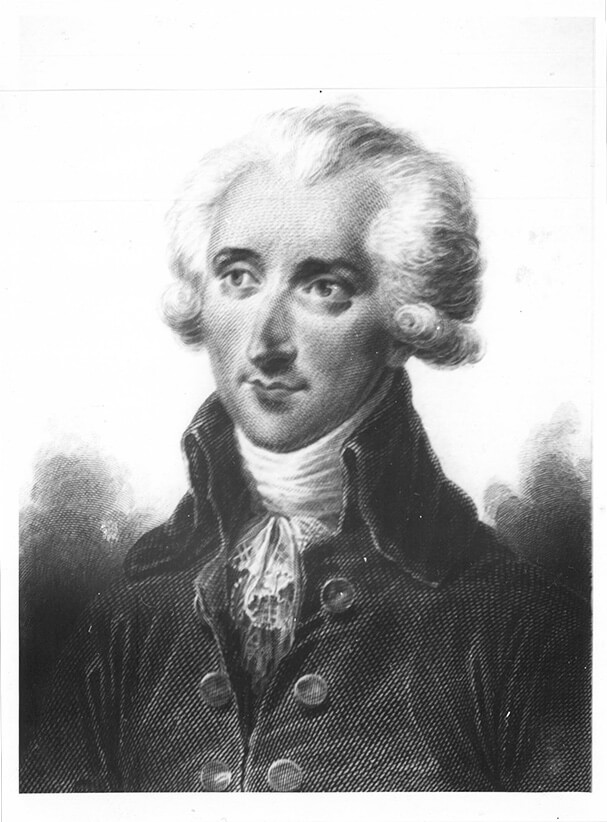
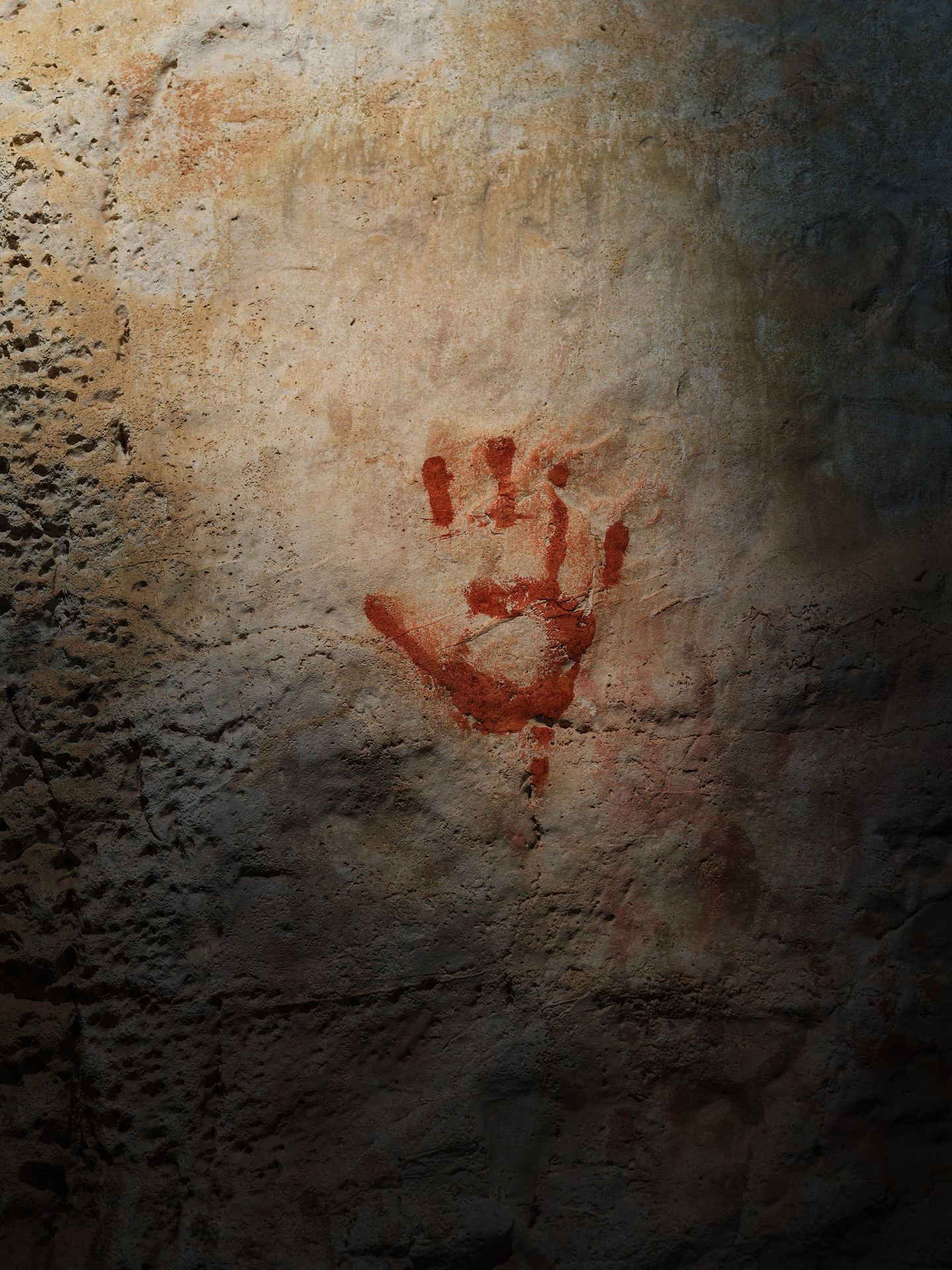
15 juillet
1780
Découverte de la salle de la cathédrale par Benoît-Joseph Marsollier des Vivetières.
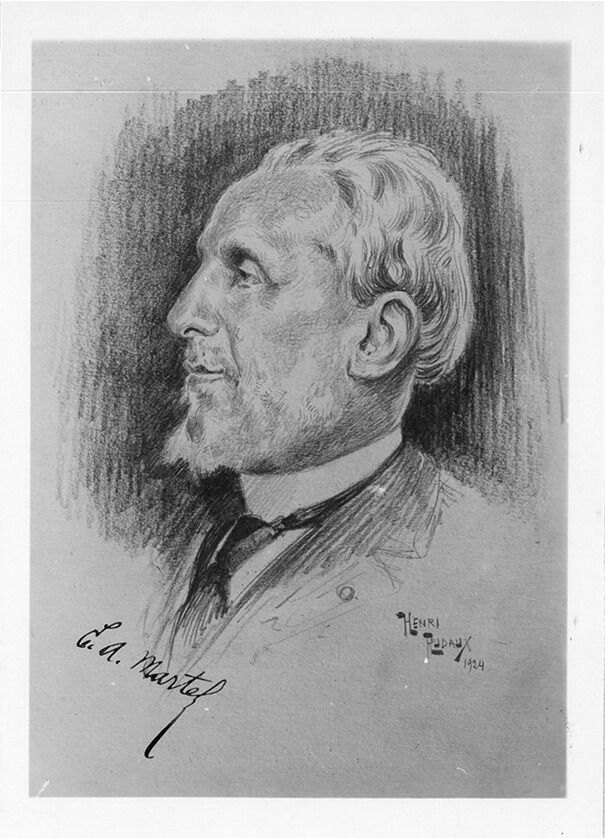
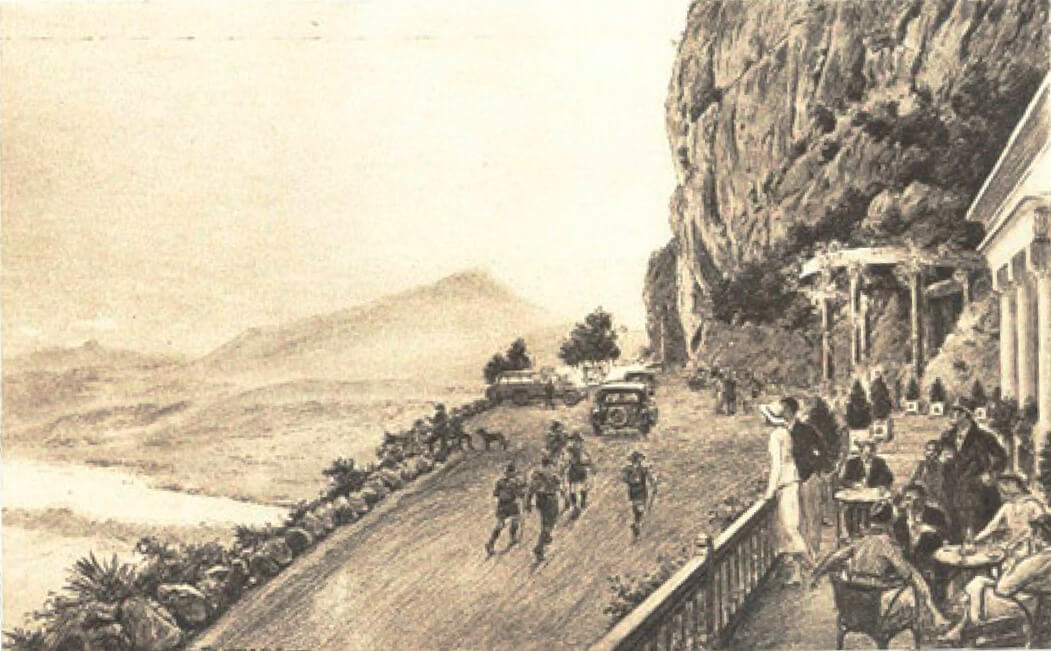
1884
Exploration du fond de la grotte et premières études scientifiques par Edouard Alfred Martel, inventeur de la spéléologie moderne.
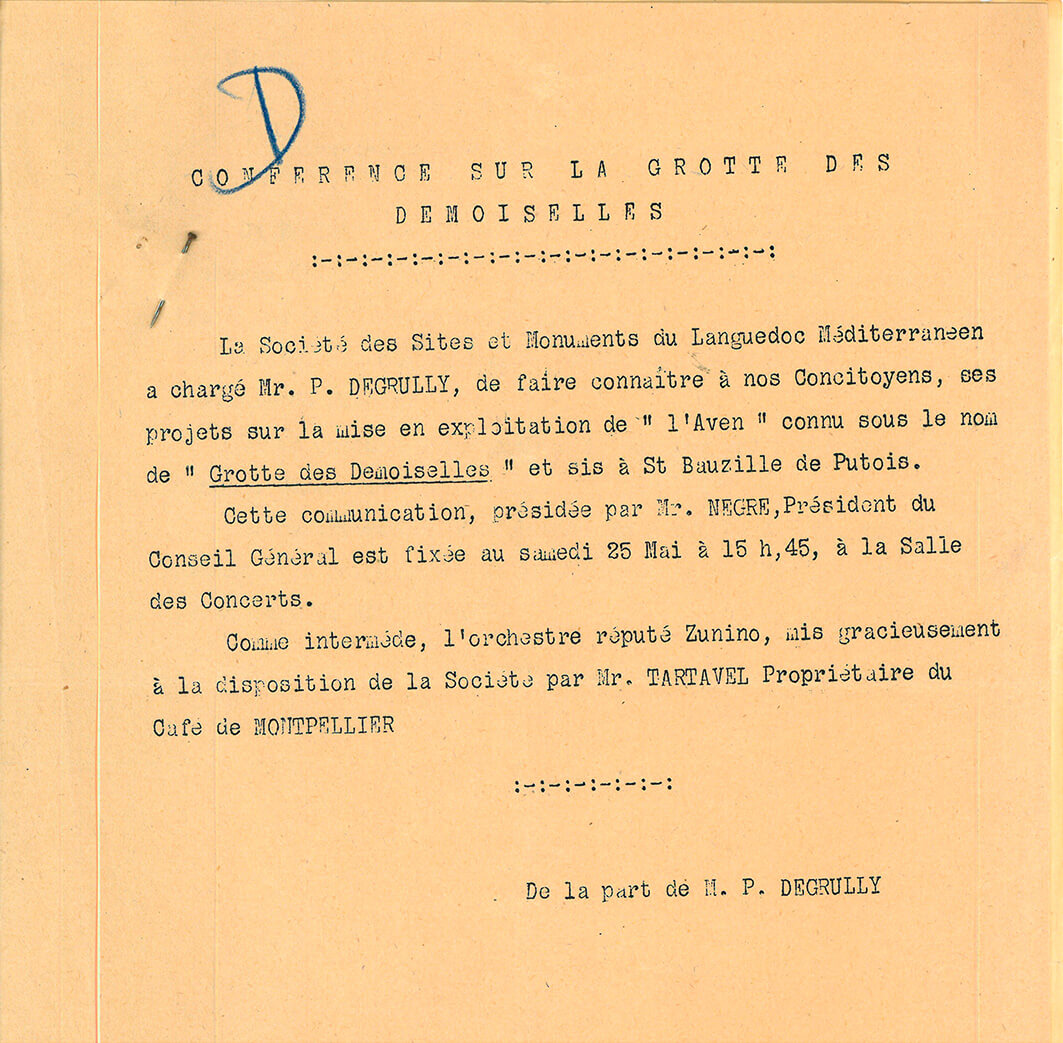

1929
Création de la « Société des Sites et Monuments du Languedoc Méditerranéen », société d’exploitation touristique de la Grotte par le Professeur Paul de Grully.
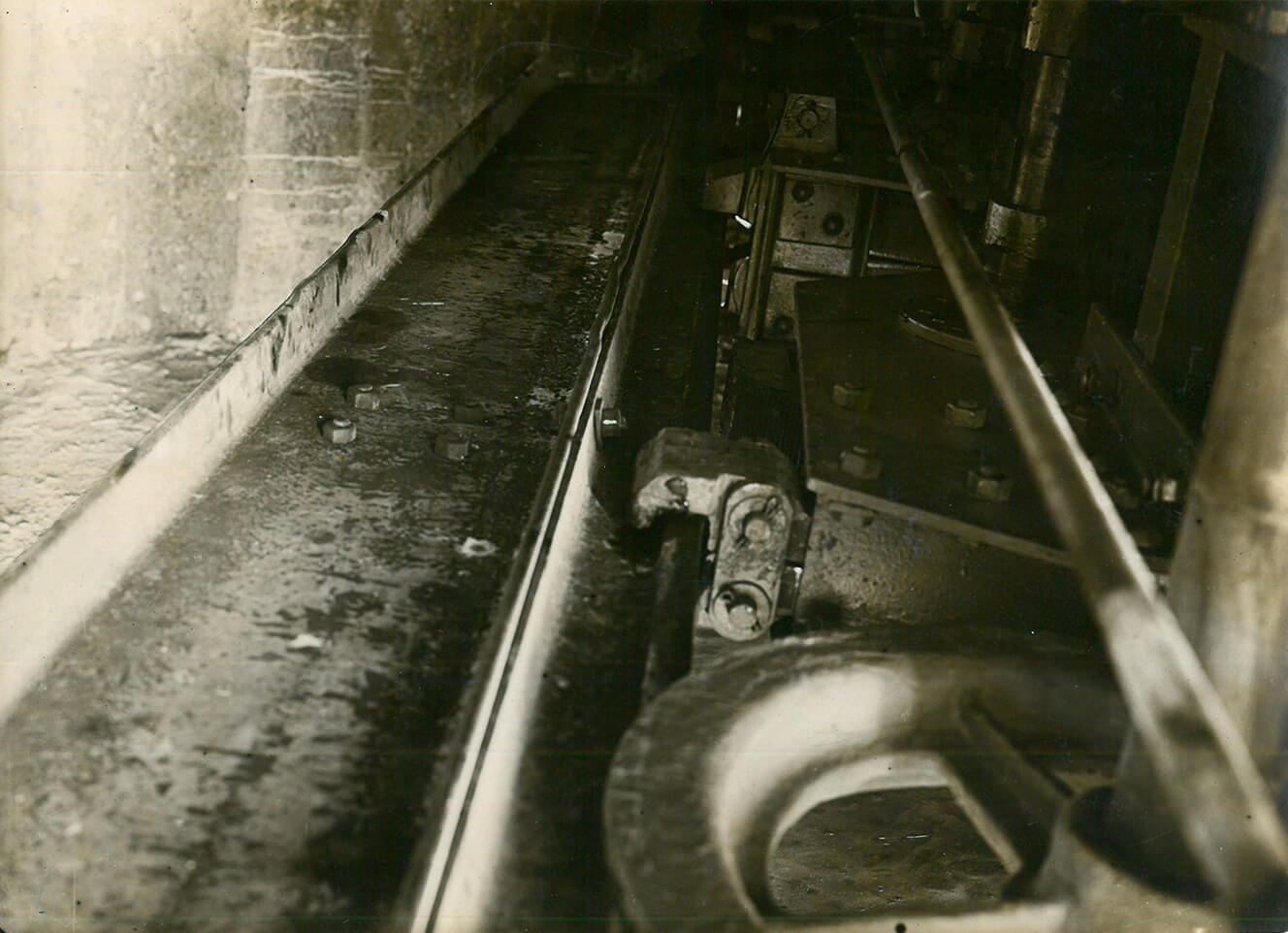

1930
Construction du 1er funiculaire souterrain d’Europe, qui permet l’accès aux salles et concrétions en toute sécurité pour le plus grand nombre.

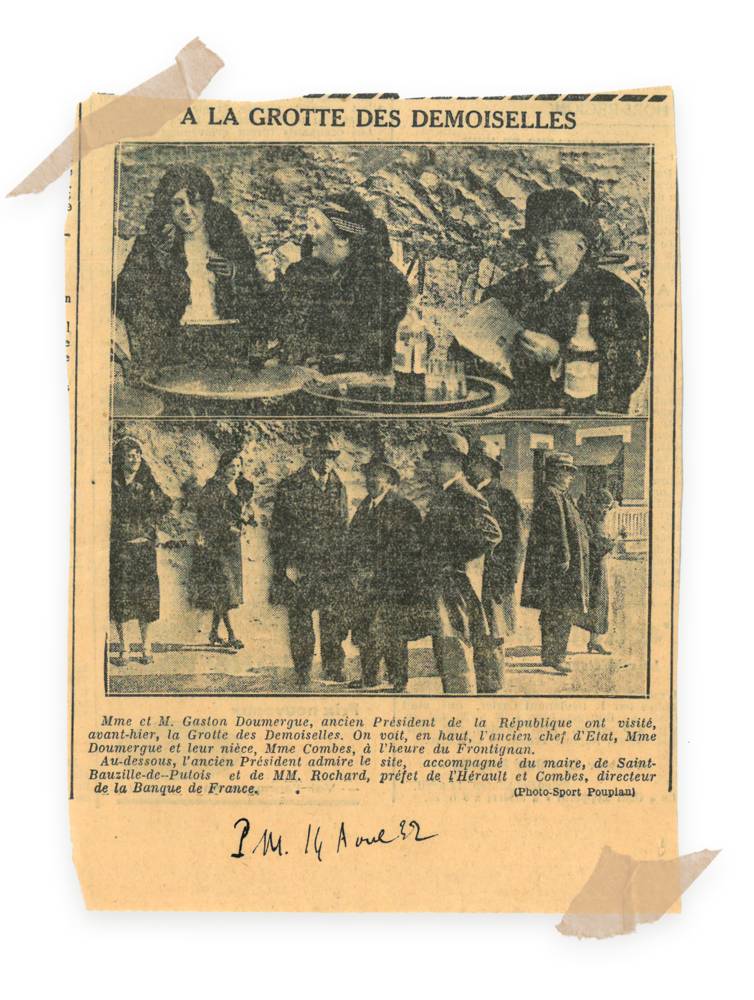
1931 - 1932
Ouverture au grand public le 25 novembre et inauguration officielle du site par le Président de la République Française Gaston Doumergue, l'année suivante.
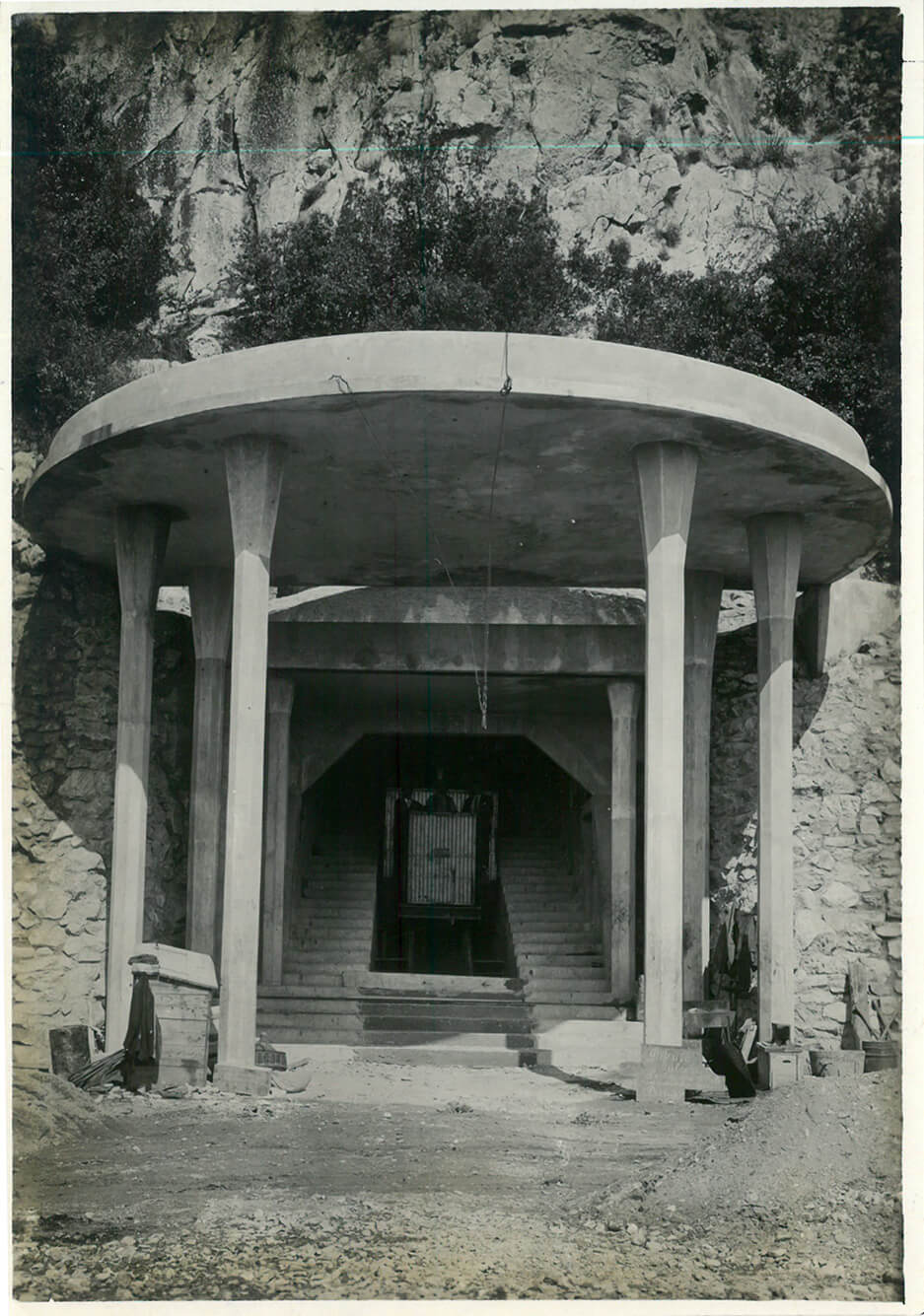
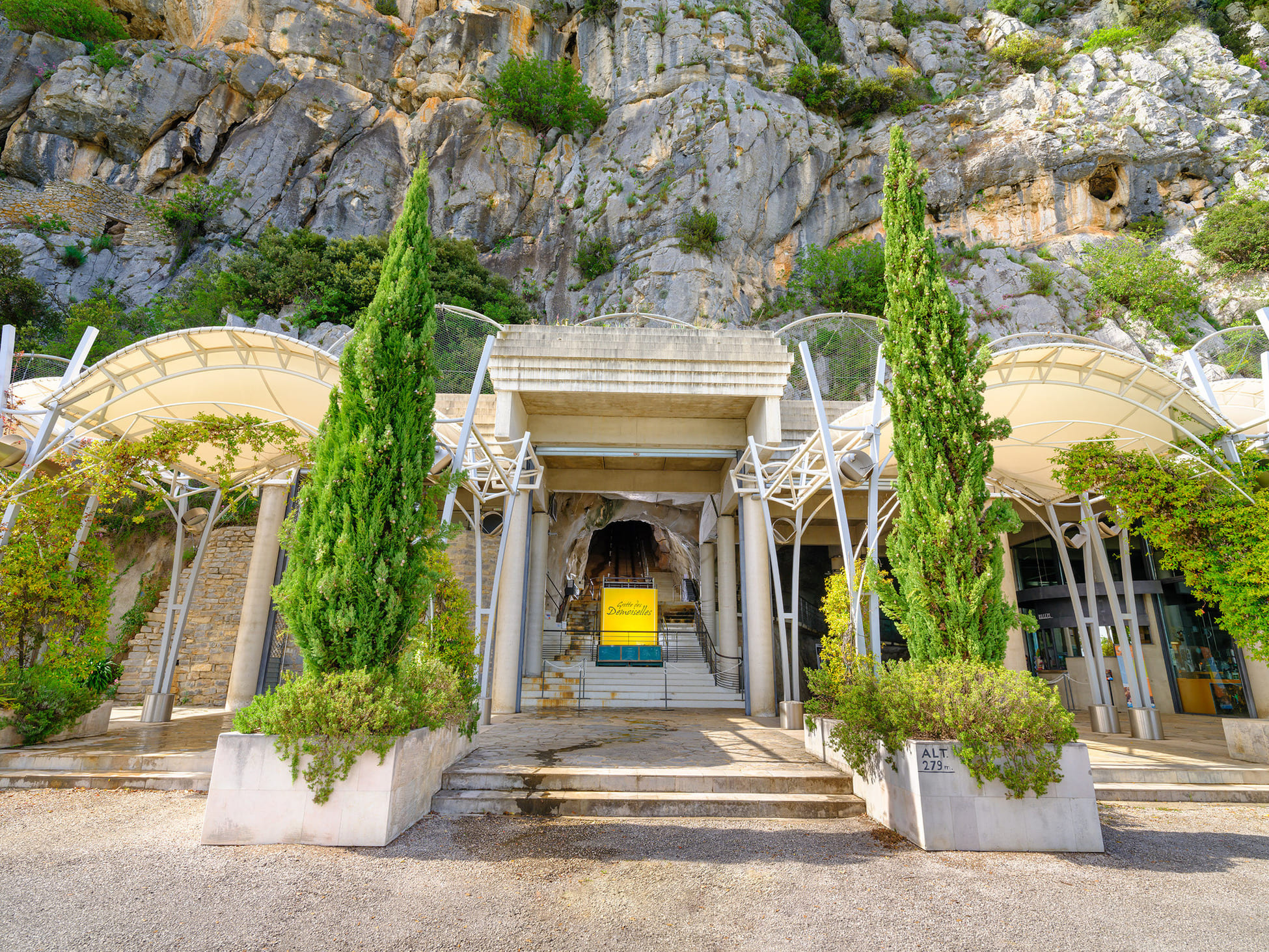
09 Juillet
2001
Inauguration du nouveau pavillon d'accueil créé par l'architecte Hervé Saint-Olive
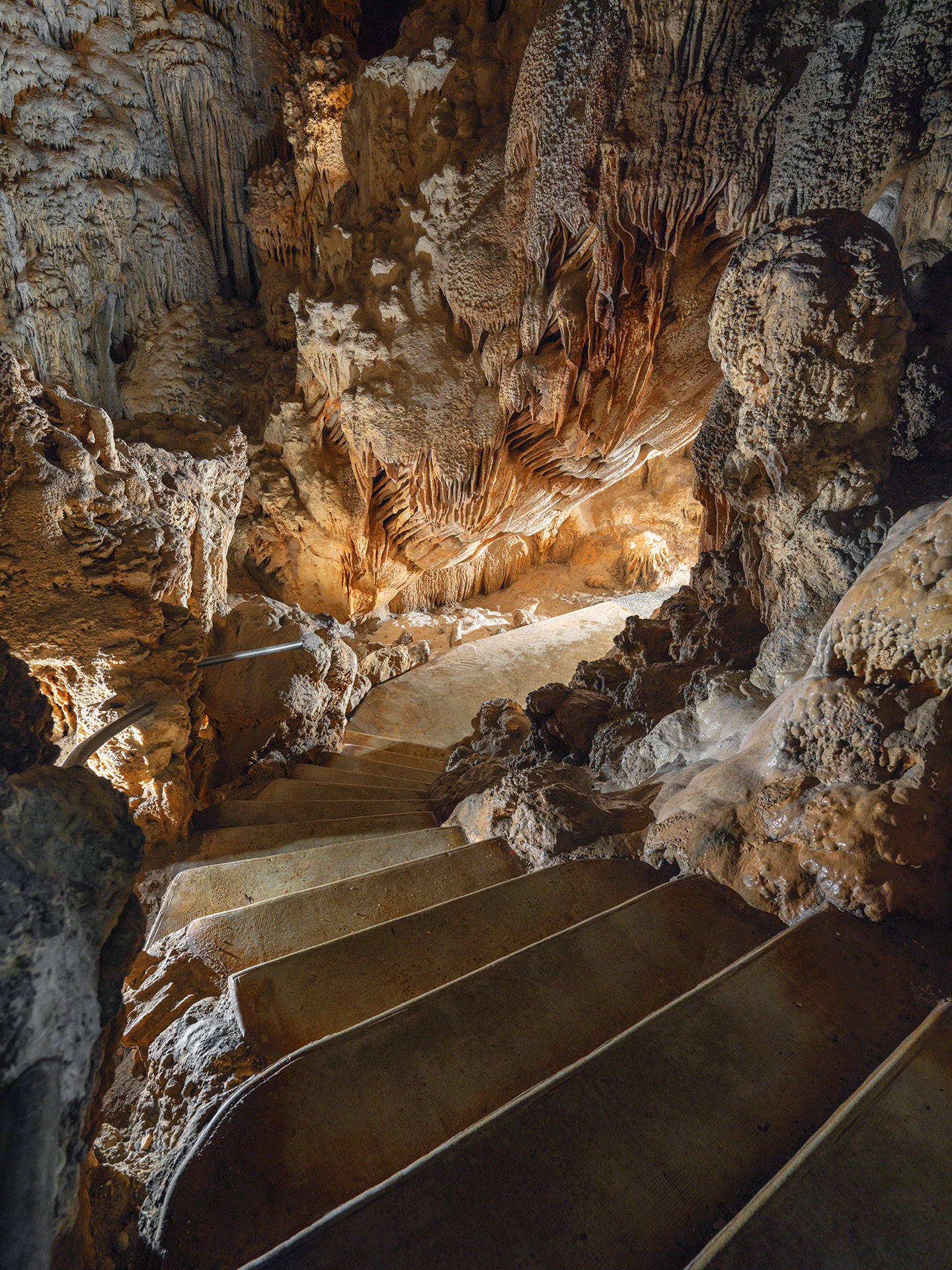
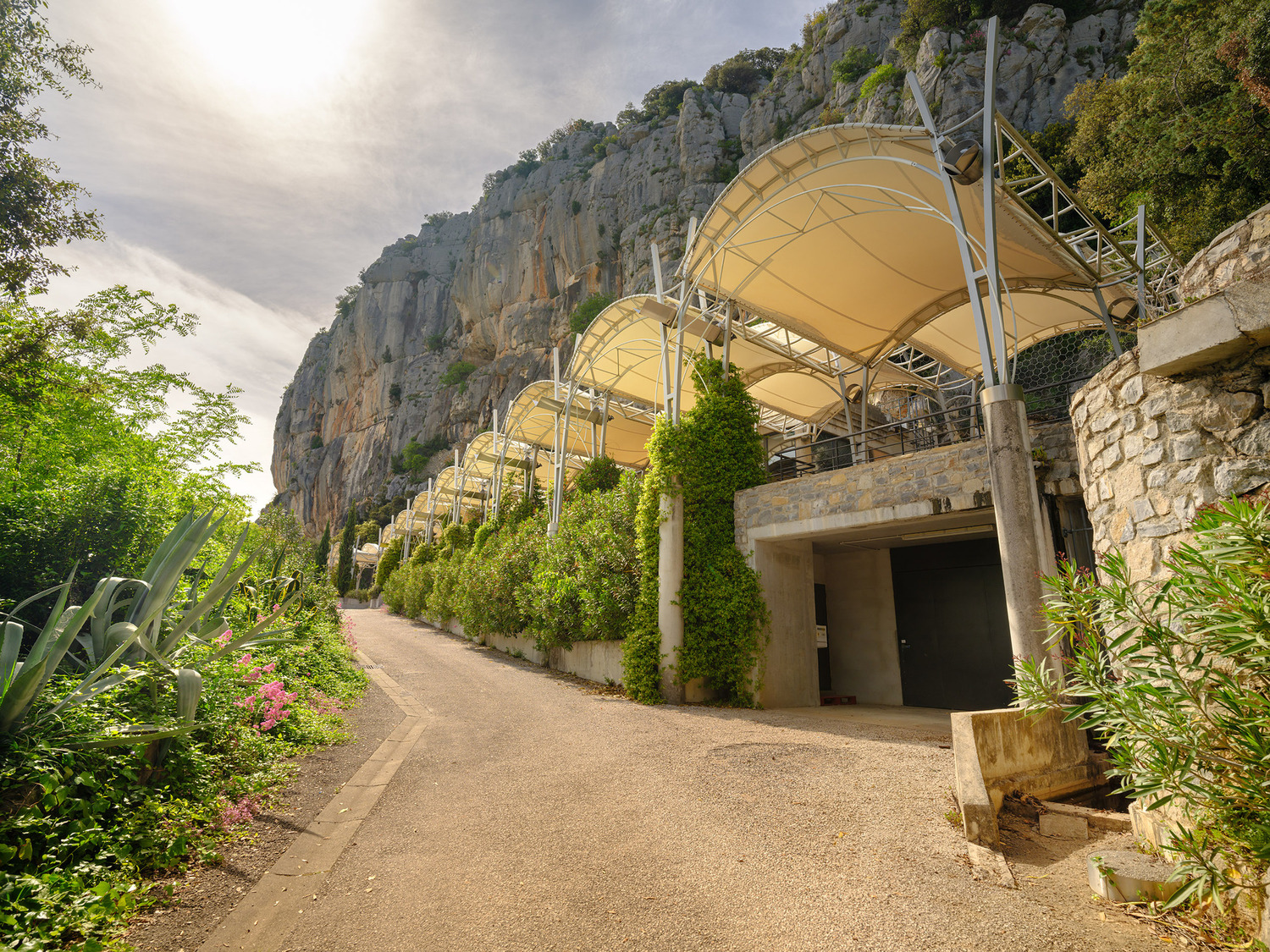
17 septembre
2010
Classement de la grotte et du massif karstique du Thaurac par l’Etat en tant que site majeur du département de l’Hérault, au regard de la Loi de1930, par Décret en Conseil d’Etat du 17 septembre 2010 (publié au Journal Officiel de la République Française du 19 septembre).
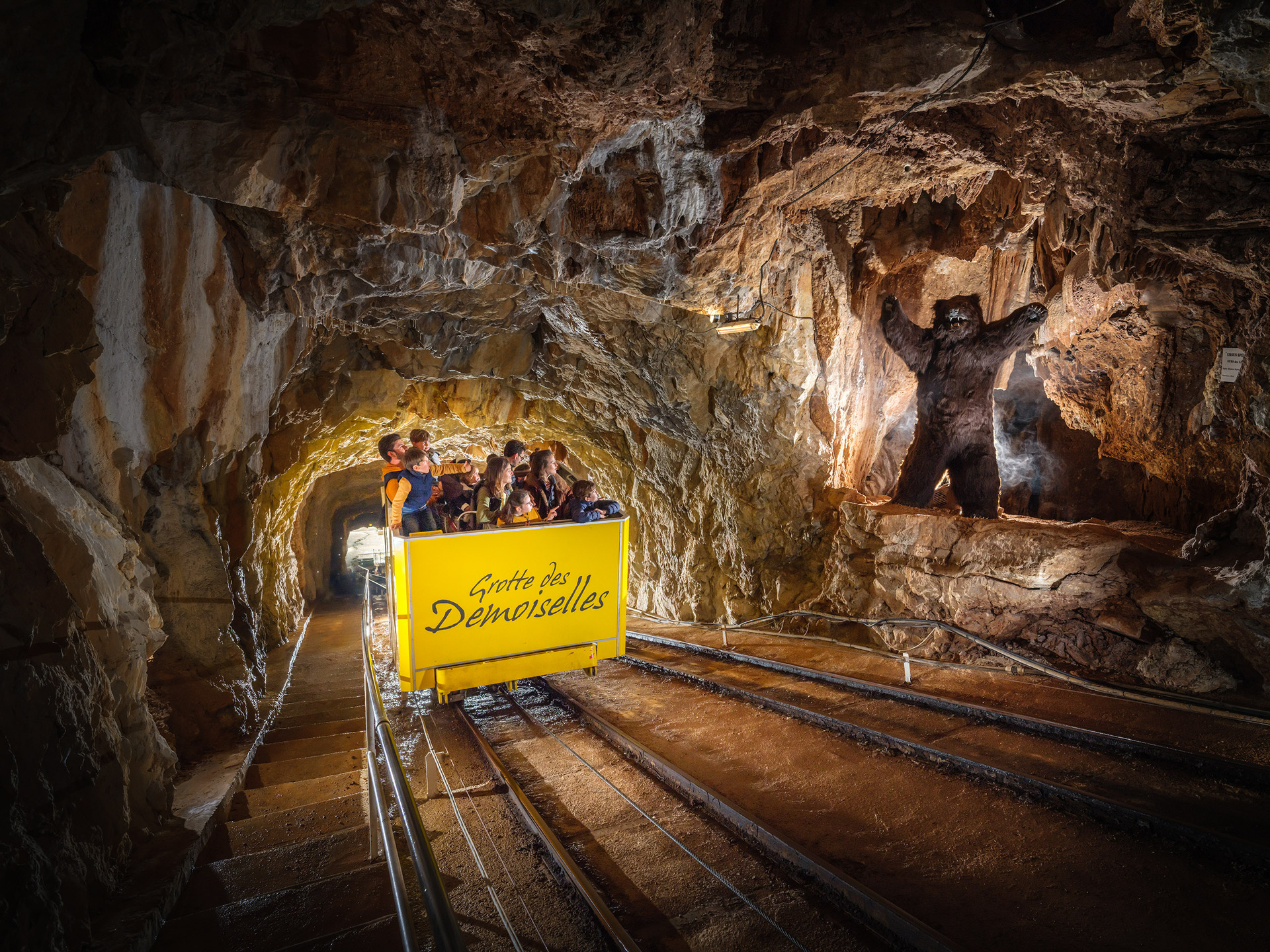
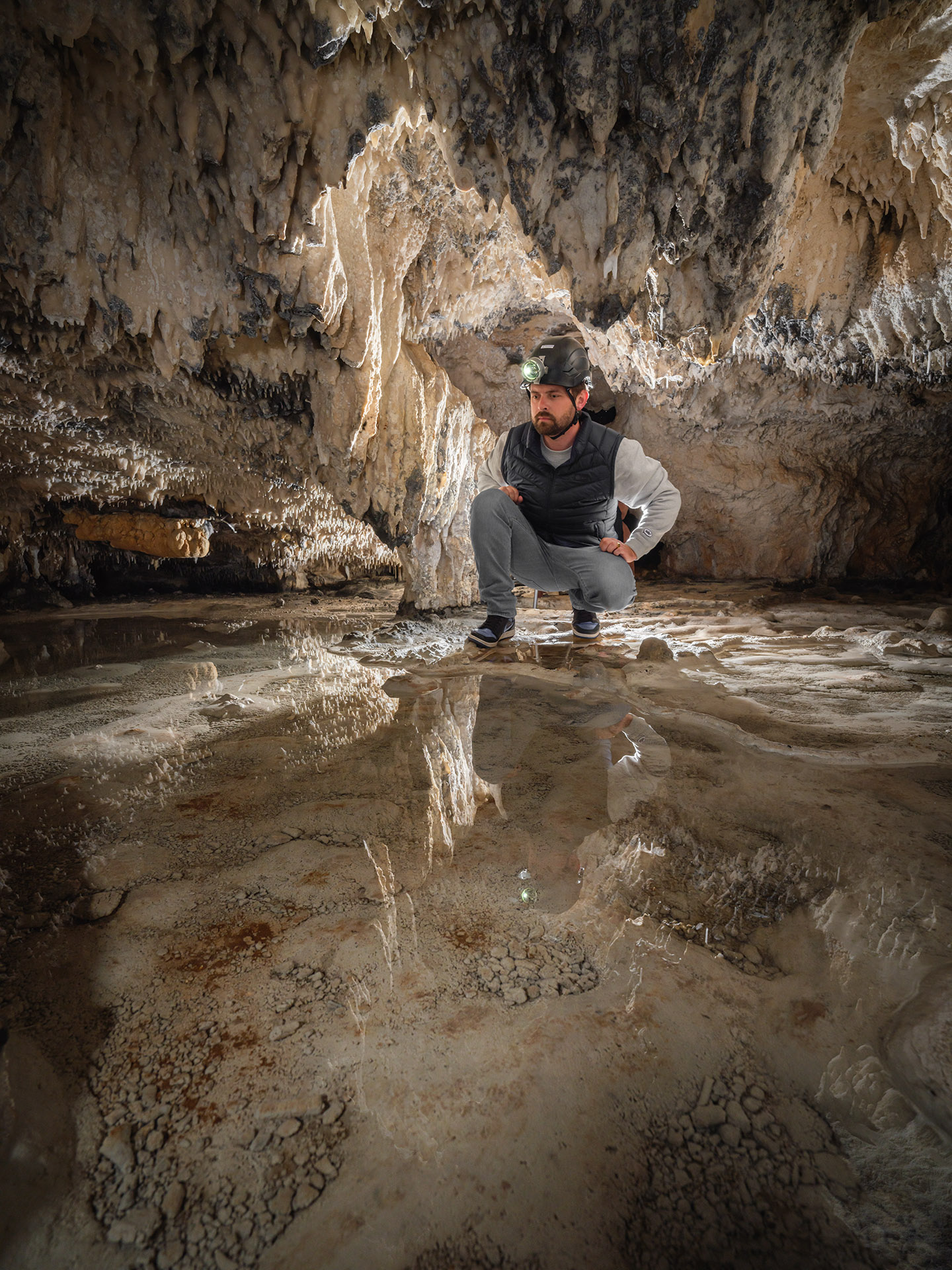
2021
90e anniversaire de l'ouverture au public.